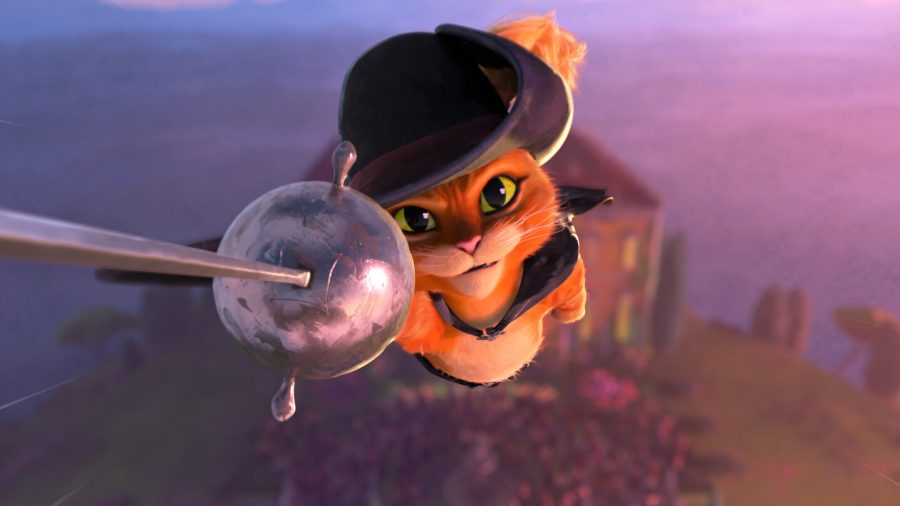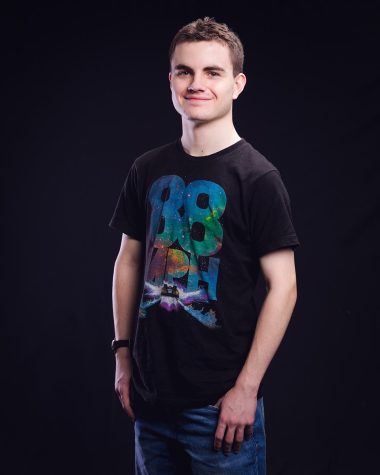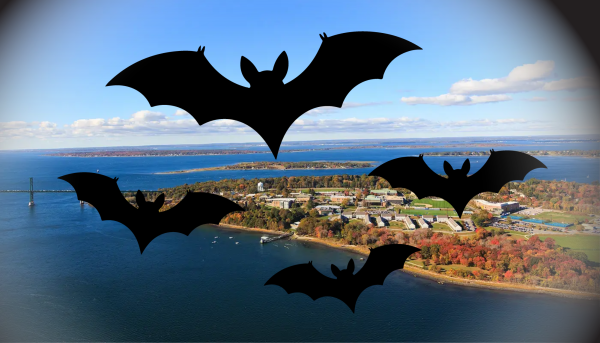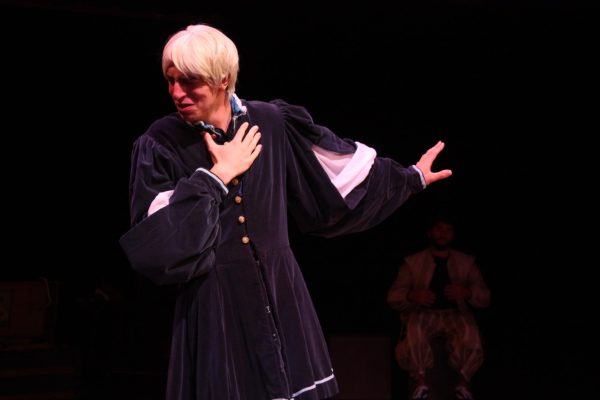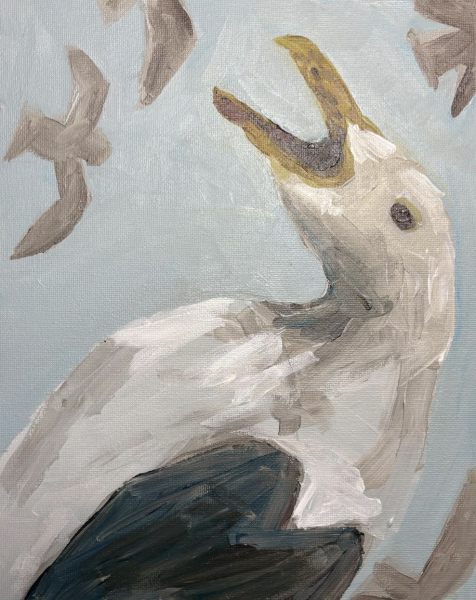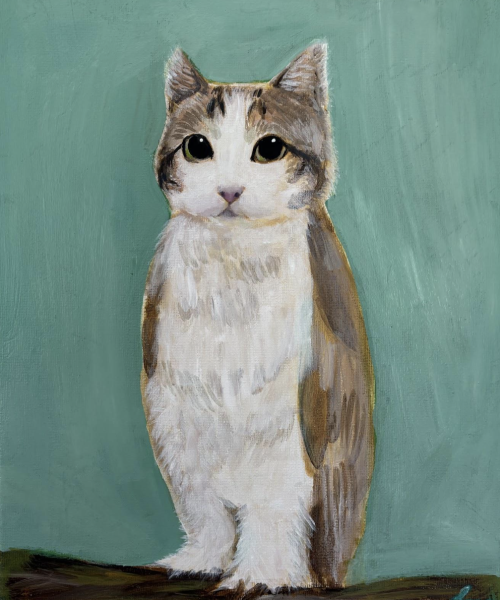“Puss in Boots: The Last Wish” Review – Shredding Expectations
Puss in Boots (Antonio Banderas) leaps into battle with sword in hand in this acclaimed new feature.
It has been some time since we have seen from the “Shrek” franchise. After the 4th film, and the spin-off released shortly after, it really seemed like the franchise had run its course, especially with Dreamworks animation shifting its focus towards newer horizons. So it was quite a surprise when a sequel to said spin-off film, 2011’s “Puss in Boots,” was announced in late 2021. Even more surprising was its quality; “Puss in Boots: The Last Wish” is genuinely one of the most exciting, passionate and heartfelt animated films I have seen in recent years, and is completely deserving of both its online reputation and its recent “Best Animated Feature” Oscar nomination.
“Puss in Boots: The Last Wish” was released in theaters on December 21, 2022. Taking place an indeterminate amount of time after 2010’s “Shrek: Forever After,” the film sees the titular character Puss in Boots, played once again by Antonio Banderas, reduced to the last of his nine lives after his reckless misadventures finally catch up to him. After a near-death encounter with a mysterious bounty hunter, voiced by Wagner Moura, a shaken Puss decides to seek out the mythical Last Wishing Star in order to wish for his nine lives back. Along the way he meets many friends and foes, including his old flame Kitty Softpaws (Salma Hayek Pinault), earnest orphan dog Perrito (Harvey Guillén), the Three Bears Crime Family (Florence Pugh, Olivia Colman, Ray Winstone, and Samson Kayo), and crime lord “Big” Jack Horner (John Mulaney) as the film becomes a race to see who can claim the wish first.
The first and most prominent aspect that stands out about “Puss in Boots: The Last Wish” is its animation. Clearly inspired by “Spider-Man: Into the Spiderverse,” the film deviates from the realistic-looking style of the previous “Shrek” films and instead goes for something more reminiscent of storybook illustrations. The colors, visuals, and character designs are vibrant and lively, and the film uses them to their full potential in many stand-out scenes. During fight scenes, “The Last Wish” plays a lot with frame rates, slowing down certain actions and then speeding them back up to emphasize their impact. One of the best examples of this is during a fight between Puss and a giant, where the weight behind the giant’s swings and steps are directly contrasted by the quick, nimble movements of the titular cat.
Another place where “Puss in Boots: The Last Wish” really shines is in its story. In the “Shrek” films, Puss never really stood out as a character to me. He was entertaining at times, sure, but not very captivating. “The Last Wish” changes that. The film sees Puss grapple with his own mortality, selfishness, and love in ways that are incredibly compelling, especially as they’re contrasted with the other characters. Kitty’s desire to be trusted, Perrito’s unrelenting enthusiasm, Goldilocks’ search for a family, and Jack Horner’s ego all provide fantastic parallels to the titular character, and really contribute to the film’s overall thematic message. This is supported by each of the actors’ performances. Every one of them goes all-out, in particular John Mulaney, who does a great job in portraying Jack Horner as an irredeemably evil person who knows he is bad and relishes in it. He stands out as the comedic highlight of the film.
“Puss in Boots: The Last Wish” is one of the best examples of the great things that can happen when a new entry in a franchise has enough inspiration, passion and time put into it. As someone who hasn’t actually seen the original “Puss in Boots” film, I was still blown away by the amount of care that was put into making this film the best that it could possibly be. Even if you’ve never seen a “Shrek” film before, I’d still recommend you see “The Last Wish.” It really is that good, and the film puts enough effort into making it so that viewing the previous entries in the franchise isn’t necessary. For those interested, “Puss in Boots: The Last Wish” can currently be seen in theaters or on digital.

